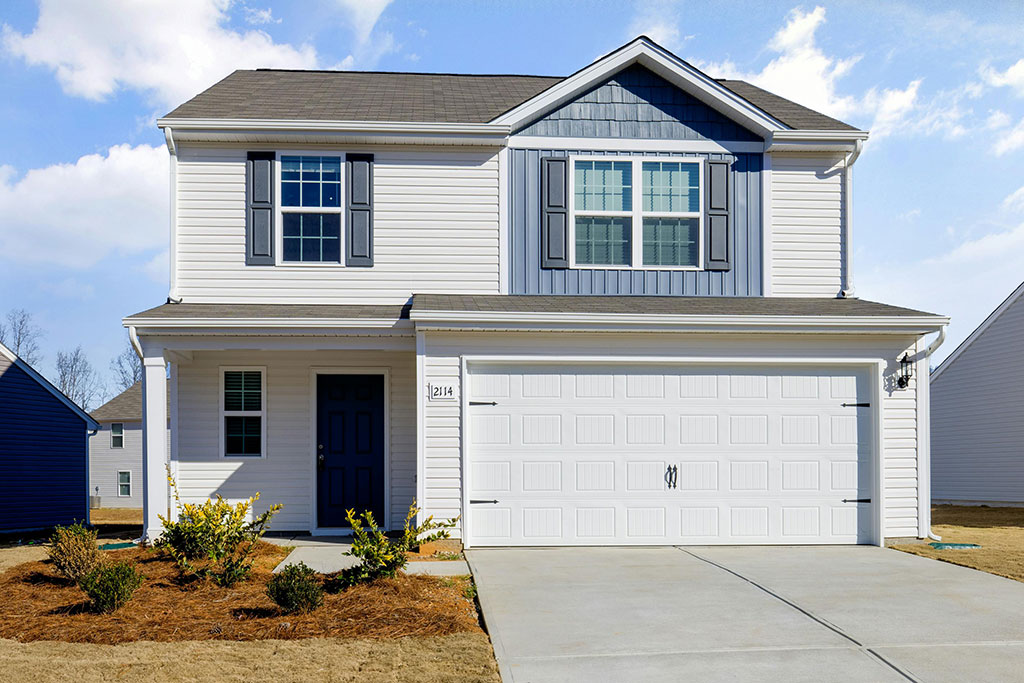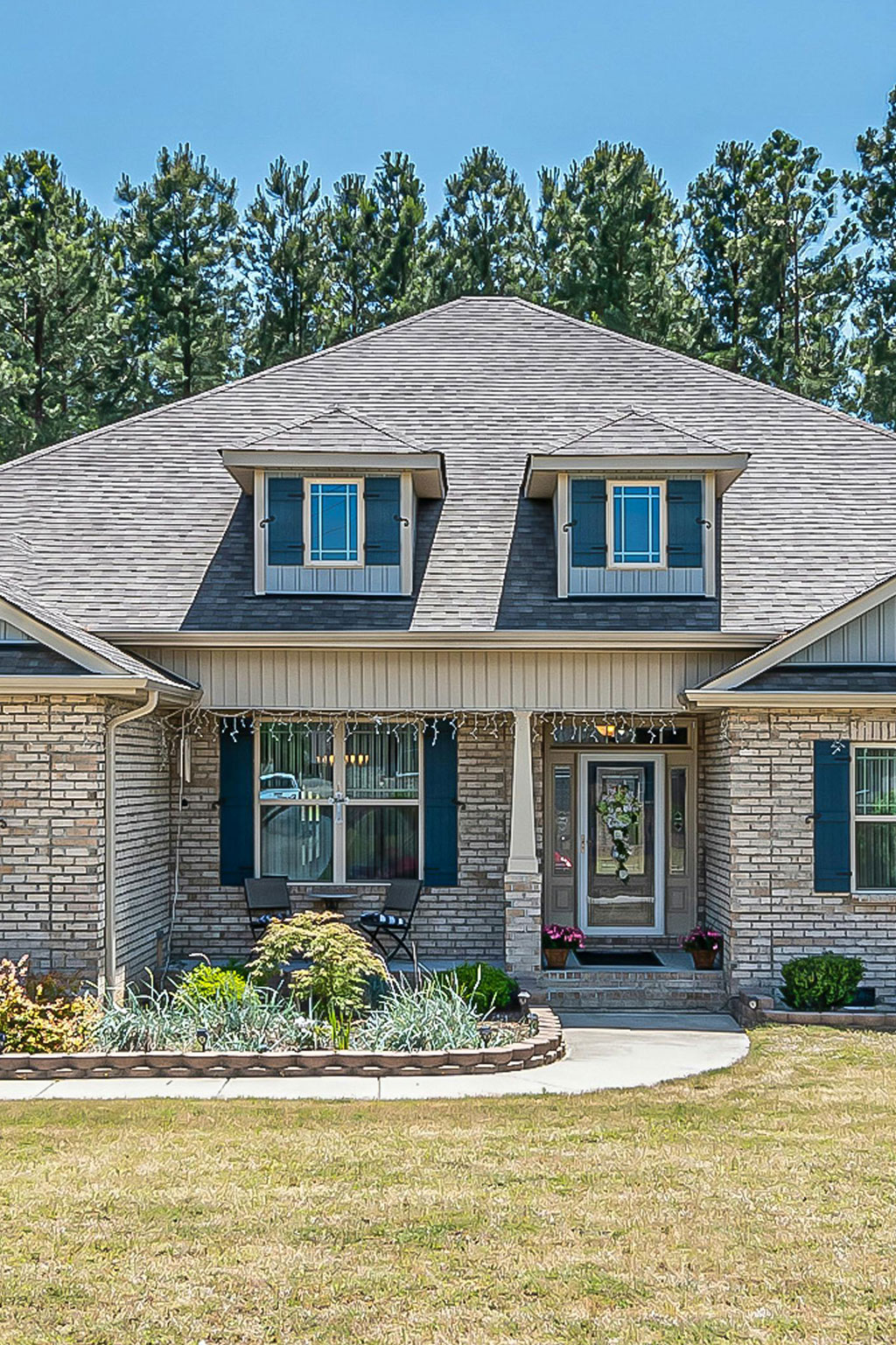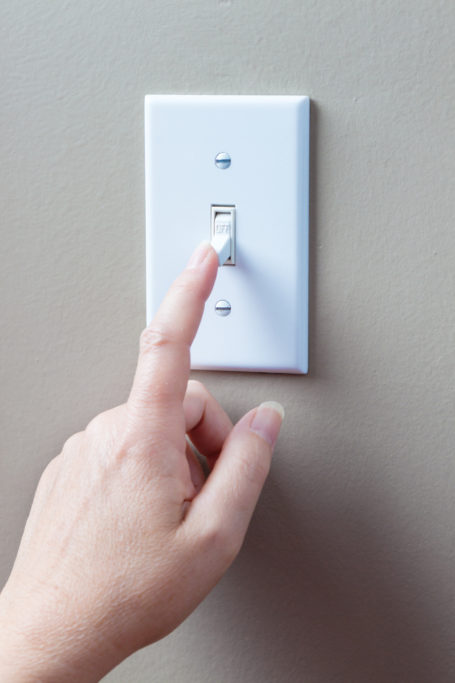What to Know about Capital Gains
When selling a home, any profit you make isn’t always yours to keep tax-free.
The IRS considers those funds capital gains, which means they may be subject to taxation. However, there are ways to minimize or even eliminate such a tax burden, depending on your circumstances. This guide breaks down the basics of the capital gains tax and how it applies to home sales, helping you make more informed decisions and maximize your financial return.

What are capital gains?
Capital gains refer to the profit earned when selling an asset for more than what was originally paid for it. In real estate, this means the difference between your home’s sale price and its original purchase price. For example, if you bought it for $250,000 and later sold it for $400,000, your total capital gain would be $150,000.
Exclusion for homeowners
The good news is that the IRS offers an exclusion specifically for homeowners, allowing you to exclude up to $250,000 of the gain from taxation if you’re single or up to $500,000 if you’re married and filing jointly. To qualify, you must have owned and lived in the home as your primary residence for at least two of the last five years before selling it. This does not have to be consecutive, but the total time must meet the two-year requirement. There are a couple of other factors to keep in mind as well, including that you cannot have claimed the exclusion recently for another home sale.
If you meet these criteria and your gain falls within the exclusion amount, you won’t owe any capital gains tax. However, should your profit go over the limit, the excess will be subject to taxation based on how long you owned the home.
Short-term vs. long-term
Capital gains taxes are categorized as either short-term or long-term, with the delineation being whether you owned the home for less or more than a year. For the former, any gains are considered short-term and are taxed at the same rate as your ordinary income tax, which could be as high as 37 percent based on your tax bracket. The latter falls under the long-term category, and those gains are typically taxed at a rate of 0, 15, or 20 percent depending on your income level.

How to reduce capital gains tax
If your home’s profit exceeds the capital gains exclusion, there are still ways to help lower your tax burden. One approach is to increase your home’s cost basis by accounting for improvements you’ve made over the years. Qualifying upgrades—such as a kitchen remodel, new roofing, and major landscaping projects—can be added to your original purchase price, reducing your taxable gain.
Special considerations
The capital gains exclusion applies only to primary residences, which means second homes and investment properties don’t qualify for the same benefits. However, owners may be able to defer capital gains tax using a 1031 exchange, which allows for the reinvestment of proceeds into another similar property without immediate tax consequences. This strategy requires careful planning and adherence to IRS rules, so consulting a tax professional is advisable.
For many homeowners, selling a home is one of the largest financial transactions they’ll ever make. Understanding how capital gains tax works—and how to minimize its impact—can help you keep more of your profit. If you’re considering selling, take time to assess your eligibility for tax exclusions, document any home improvements, and connect with a financial professional to ensure that you’re making the most of available tax benefits while avoiding unnecessary burdens.


















